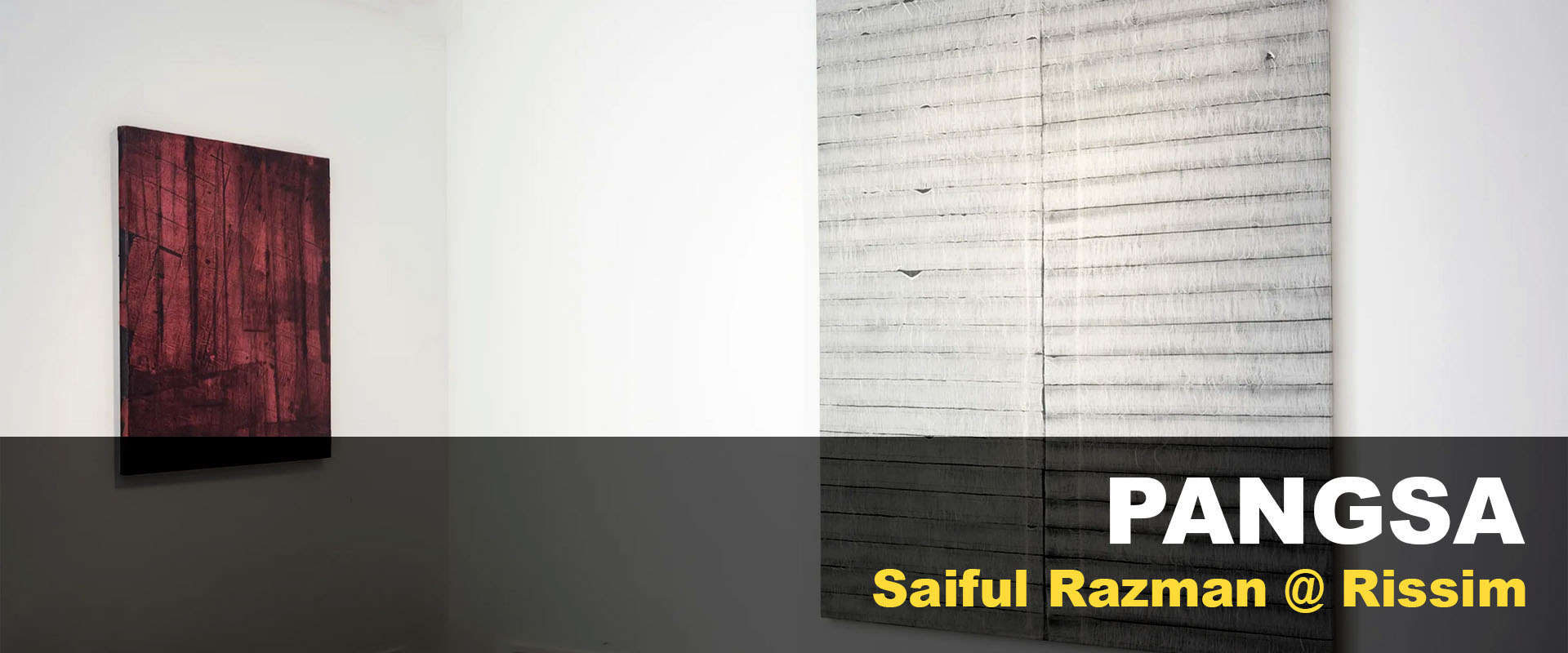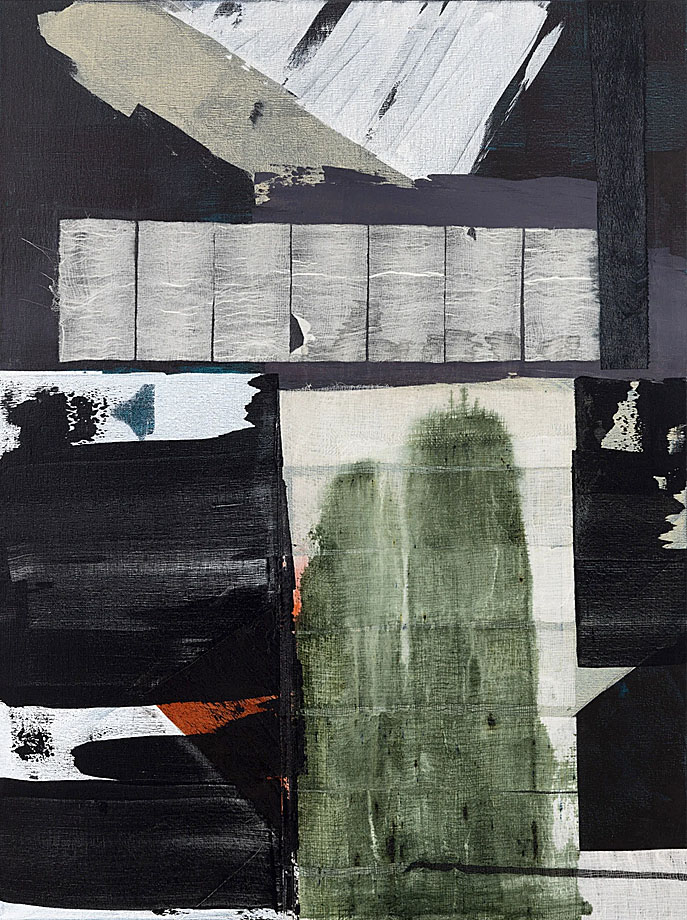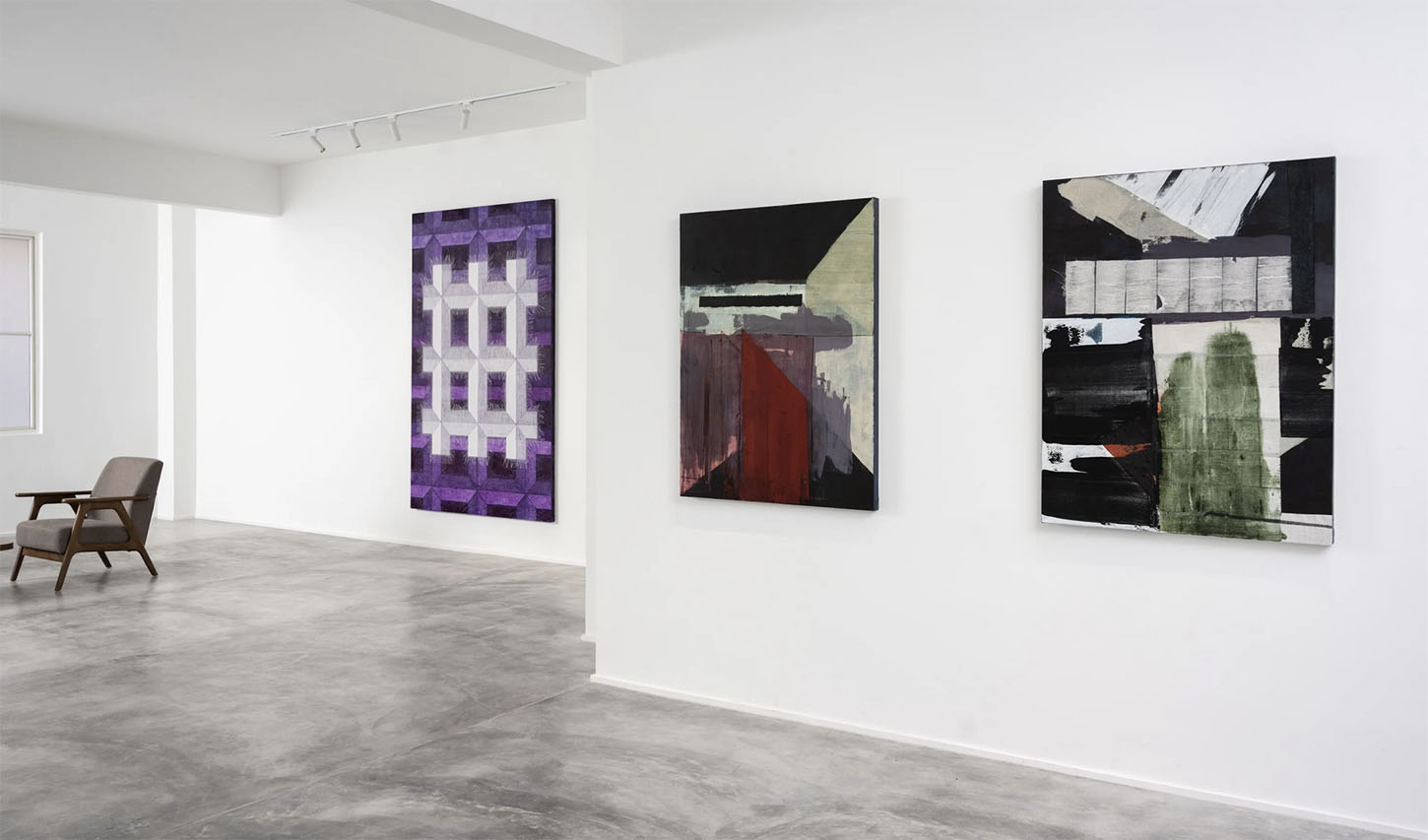Saiful Razman @ Rissim

Parallel to their participation in the Artober Art & Soul Fair at MITEC, Rissim Contemporary is also presenting a solo show by Malaysian artist Saiful Razman titled “Pangsa” (an apartment or flat). Opening on the 7th of October, the exhibition runs until the 5th of November.
In Razman’s seventh solo exhibition, the artist explores the architectural features and conditions of low-incoming housing estates found throughout metro KL and their social impact on young urbanites.
While still only in his forties, Razman has already established himself as one of Malaysia preeminent artists, in particular for his multidisciplinary approach to exploring materials and alternative processes in studies of both natural and urban phenomena. Among his achievements over the past few years have been inclusion of his work in an exhibition at the National Art Gallery of Malaysia, selection for the 2022 Venice Biennale, and winning the prestigious Southeast Asian Painting of the Year Award in the 2021 edition of UOB’s annual competition after besting not only all entrants from Malaysia but also Indonesia, Thailand, and Singapore.


For Pangsa, Razman works primarily with rolled tissue paper, medical gauze wrap, PVA glue, and a combination of acrylic, policrylic and fabric pigments on canvas substrates. Using disposable materials allows the artist to repurpose them simultaneously as new objects and fragile original materials. While the forms are abstracted, they clearly hint at representations of multi-family buildings and frameworks with their daunting mass while bearing the underlying difficulties inherit to such projects.
The sensations one feels when viewing estate housing or urban public housing projects can vary greatly depending on one's perspective and experiences. Architecturally, they can seem overwhelming by their sheer scale, blandness, and often their state of decline. Claustrophobia and anxiety seem almost inevitable, but they can also be riddled with contradictions for others, either by eliciting feelings of inclusion or serving as vessels for fond memories of breaking away to start new chapters in life as young adults flying solo for the first time, albeit in destitute conditions.

Razman raises many questions and does a commendable job of neither marginalizing the conditions through preconceived biases nor condescending upon the inhabitants. Through sharp diagonal lines, hardship and struggle can be depicted, but they can also symbolize the effort required to reach goals and overcome initial hardship and friction. Monochrome palettes hint at unsuitable and mundane facilties encapsulating lives that are equally restrained. Nevertheless, aesthethic beauty can still exude through simplicity and pattern. Parallel lines emulate floor after floor while compounding the social stigmas and physical magnitude.
Indeed, the works poignantly express the enigma of mixed feelings, with sensations ranging from chaos, poverty and social strife to the blanketing comforts of community and empathetic compassion for neighbours and friends.

In short, Saiful Razman aptly manages the highly subjective perspectives related to low-incoming housing in a series that can just as easily be reduced to a study of abstract forms portrayed with alternative materials if that is a viewer’s only intent. Fortunately, in this case there is much more than meets the initial eye.
For more information about the artist, the exhibition, or the gallery, please direct inquiries to Rissim Gallery
All images © Rissim Gallery from their press material